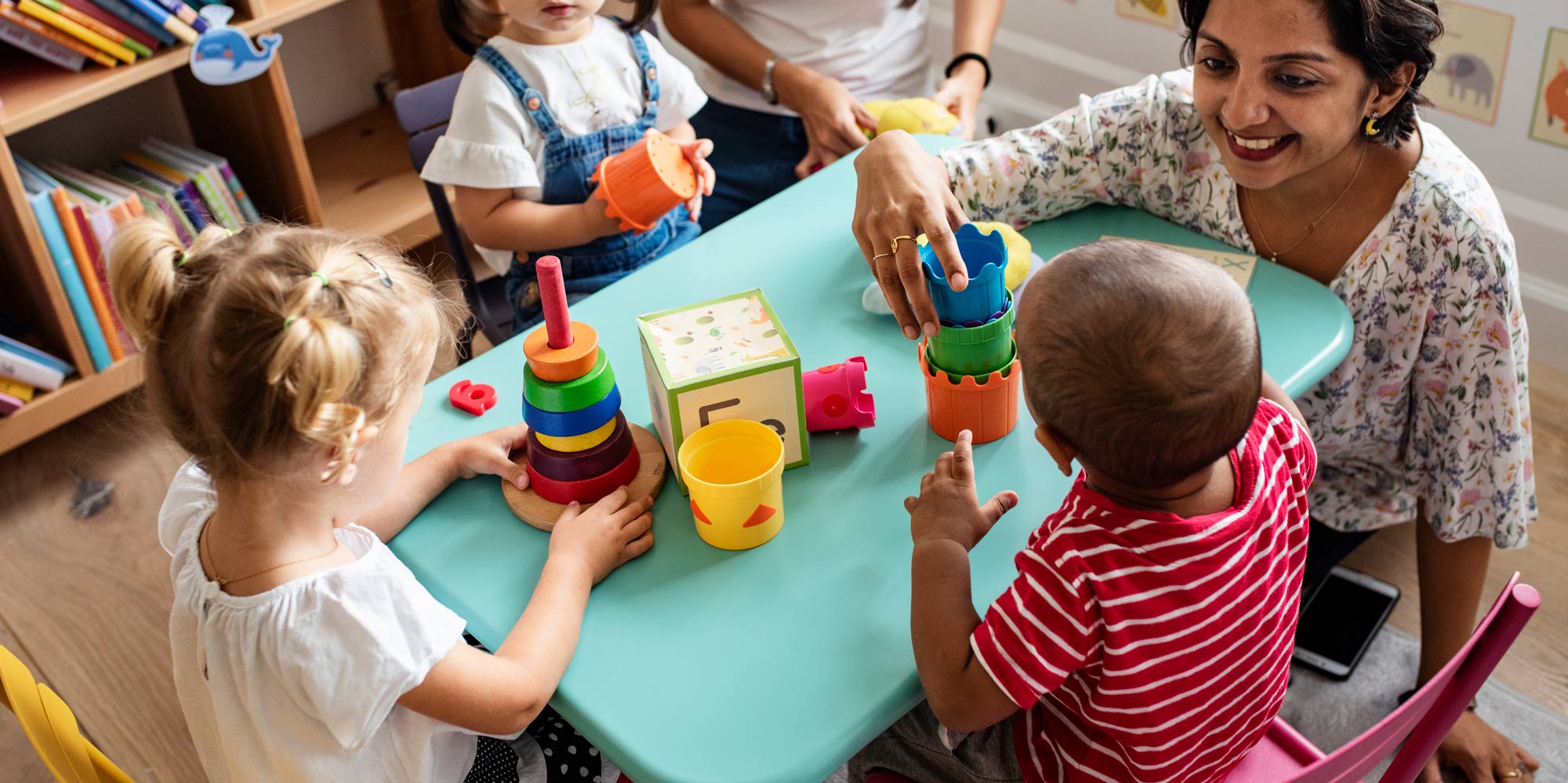The Science Behind Sunshine Circles: Why It Works For Social Learning?

Helping children develop strong social-emotional skills is one of the most vital aspects of early education. As more research reveals the deep connection between emotional security and academic performance, educators are turning to relationship-based, play-centred approaches that support healthy group dynamics. One such approach is a model grounded in attachment theory and therapeutic play, explicitly designed to help children feel safe, connected, and emotionally regulated in group settings. Sunshine circles create a nurturing environment where children can develop social-emotional skills through playful, structured group activities that foster trust and cooperation.
At its core, this method offers structured play experiences that nurture emotional development, foster cooperation, and teach empathy. What sets it apart is the way it seamlessly combines playful engagement with brain-based learning principles, making it a powerful tool for fostering social growth in children of all abilities.
Rooted In Attachment And Neuroscience
This group-based intervention is inspired by the same principles that guide healthy attachment relationships. Children thrive in environments where they feel seen, heard, and valued, and the structure of these sessions is intentionally designed to replicate those secure relational experiences.
Neuroscience tells us that children’s brains develop in response to relational experiences. When children engage in predictable, playful routines with supportive adults, their stress levels decrease, and their capacity to learn and interact improves. These sessions provide a safe space where children can practice giving and receiving nurture, taking turns, and participating in shared joy, critical elements that stimulate the development of the social brain.
Moreover, these playful group routines promote co-regulation. Many young children struggle with impulse control and emotional expression, especially in social settings. Through guided activities that include touch, rhythm, eye contact, and mirroring, children gradually internalise calming and connection-based behaviours modelled by the adults leading the group.
Fostering A Culture Of Safety And Belonging
One of the most critical factors in effective group learning is emotional safety. Children who feel unsafe—whether emotionally, socially, or physically—cannot fully engage with their peers or absorb new information. These sessions intentionally create a structured yet playful environment where every child knows what to expect and feels included.
This predictability is not just comforting; it’s neurologically soothing. It activates the part of the brain responsible for emotional regulation and decreases the likelihood of challenging behaviour. Children begin to anticipate positive interactions, which build trust and allow them to take social risks, such as trying new things, initiating conversation, or offering help to a peer.
In classrooms that implement this approach, teachers often notice increased cooperation, reduced behavioural disruptions, and a noticeable shift in the overall atmosphere. The group becomes a place where kindness is normalised, and every child has a role in contributing to the well-being of others.
Learning Through Joyful Interaction
Play is one of the most powerful forms of learning. It is during play that children test boundaries, express feelings, and learn about social rules. These group sessions are carefully designed to incorporate elements of the game that promote joy, laughter, and shared attention, all of which activate brain circuits associated with learning and memory.
In contrast to conventional behavioural programmes, which frequently emphasise the correction of negative behaviour, this method prioritises the establishment of positive relationships. Instead of teaching children what not to do, it helps them experience what healthy interaction feels like. Over time, these experiences reshape their internal models of relationships, leading to more secure attachments and improved peer relationships.
Supporting Diverse Learners
Another strength of this model is its flexibility. It can be modified to accommodate kids with different emotional experiences, developmental stages, and cultural backgrounds. Whether a child struggles with anxiety, has experienced trauma, or simply finds group environments overwhelming, the approach offers a non-threatening way to build trust and inclusion.
It’s also valuable for children who may not yet have the verbal skills to express their emotions. Through touch, movement, and eye contact, children participate in a language of connection that doesn’t rely on words. This makes the approach particularly helpful in inclusive classrooms where communication styles and developmental needs vary.
Final Thoughts
While academic achievement is often the focus in early education, the ability to work cooperatively, regulate emotions, and form healthy relationships is equally critical. This play-based, relationship-focused approach brings together the best of neuroscience, attachment theory, and practical classroom application to support these goals. By investing in social learning, educators aren’t just managing behaviour—they’re helping children build the foundation for lifelong emotional resilience.
